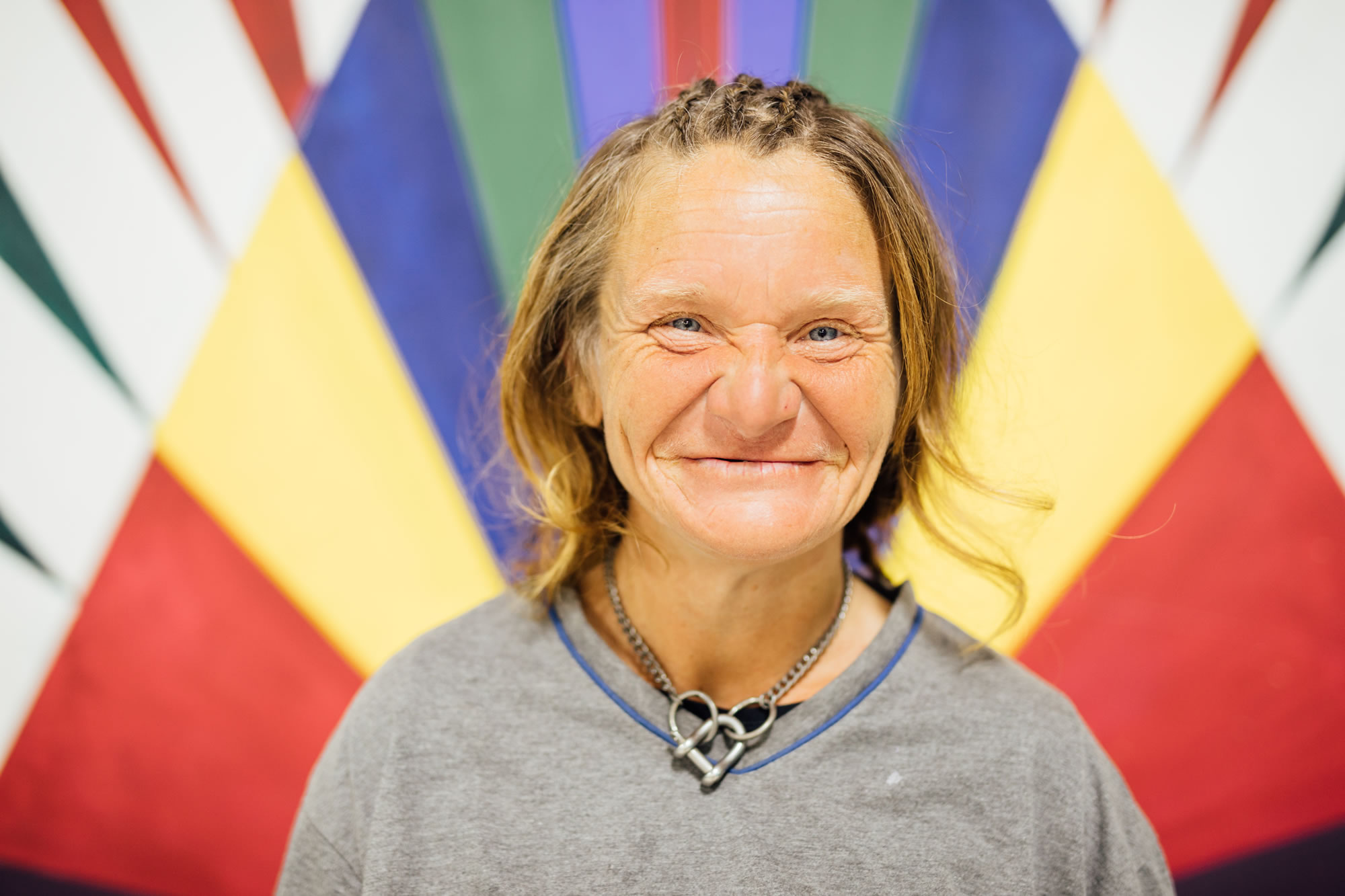All across Los Angeles County, a record amount of homeless individuals are dying prematurely on the streets. Just last year, 918 people perished, bringing to a head this troubling new trend, which has been garnering national attention. According to the county coroner’s office, the number of deaths increased by a whopping 76 percent over the past year, a rate which vastly outpaces the growth of the overall homeless community during that same period. Thus far, experts have struggled to identify the exact cause of this surge, although many have pointed to a dramatic rise in substance abuse issues as the potential culprit.
Additionally, health officials have noted that an increasing number of homeless people who have avoided utilizing LA’s shelter system, thus allowing them to be further exposed to the elements without receiving proper treatment of their existing health issues. Per David Snow, a professor of sociology at UC Irvine: “This shouldn’t be happening… many (of these) deaths could have been prevented with better access to healthcare and housing. But if you are on the streets, you are not getting the attention you need.”
According to the most recent “point-in-time” count of homeless residents, 53,000 people have become homeless in Los Angeles county within the past year, and the majority of them were not living in shelter environments – an inflation of 39 percent since 2014 – and the LA coroner’s office stated that 3,612 homeless people passed away in LA county in the five years between then and now. Though their definition of homelessness is somewhat vague (interpreted as anyone who doesn’t have an established residence or was found dead in a location which “suggests homelessness”), their figures are highly specific, analyzing the locations and means which were associated with mortality in these cases.
One third of homeless fatalities occurred in hospitals, but an even larger figure passed outdoors; in parking lots, alleys, and even freeway ramps. More homeless men died than woman, but the overall amount of deaths increased faster for females than it did for males. Also, African Americans accounted for a quarter of all homeless fatalities, despite making up only a tenth of the US population.
The coroner’s thesis suggests that alcohol and narcotics played a role in 25 percent of all transient deaths recorded in the last five years, although it’s also been posited that these substances might have played a role in still more deaths linked to heart and liver disease. According to the data, the homeless of LA perished due to many of the same afflictions facing the rest of the county’s residents – cancer, infections, diabetes, and other common maladies.
However, the homeless passed away at a significantly younger age: on average, 51 for men and only 48 for women. Conversely, for the general population, the life expectancy was 79 for men and 83 for women. The message is clear: homelessness actually causes the body to age faster, largely due to living outdoors. There was also a concurrent increase in the deaths of younger homeless people, as fatalities affecting adults under 45 spiked by fifty percent in the same time frame. The analysis could not accurately attribute some of these instances to the mental health issues which also plague this community, such as manic depression and schizophrenia, though it’s well documented that these ailments can lead to accidents and dangerous confrontations when left unchecked.
Indeed, another disturbing trend identified from the coroner’s data is an increase in deaths by trauma or outright violence. At least 800 people perished due to trauma, and 200 of those individuals had been shot or stabbed. That is to say, on the streets, the threat of death is pervasive and all-encompassing – from both within and, tragically, without. Though solutions to this ongoing epidemic are not easy to come by, it is clear that something must be done by county officials to staunch this wrenching loss of human life from further increasing in the years to come. “We need to take action now,” states Reverend Andy Bales, founder of the Union Rescue Mission homeless shelter on Skid Row. “Otherwise, next year it’s going to be more than 1,000 (deaths).”
Written by: Dash Finley





